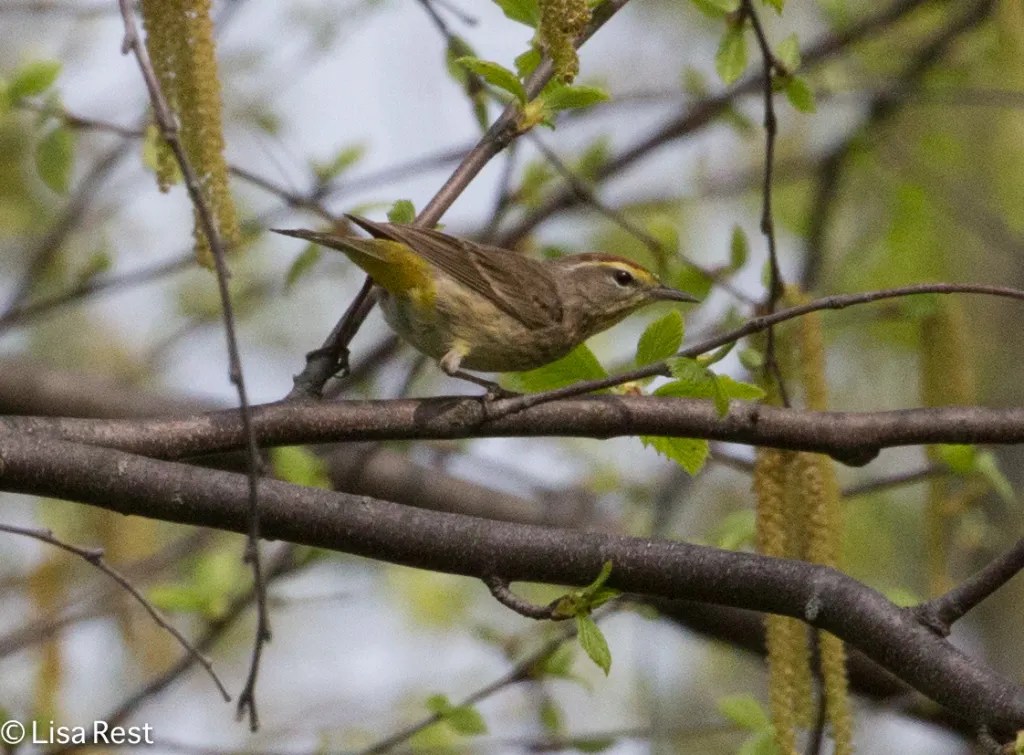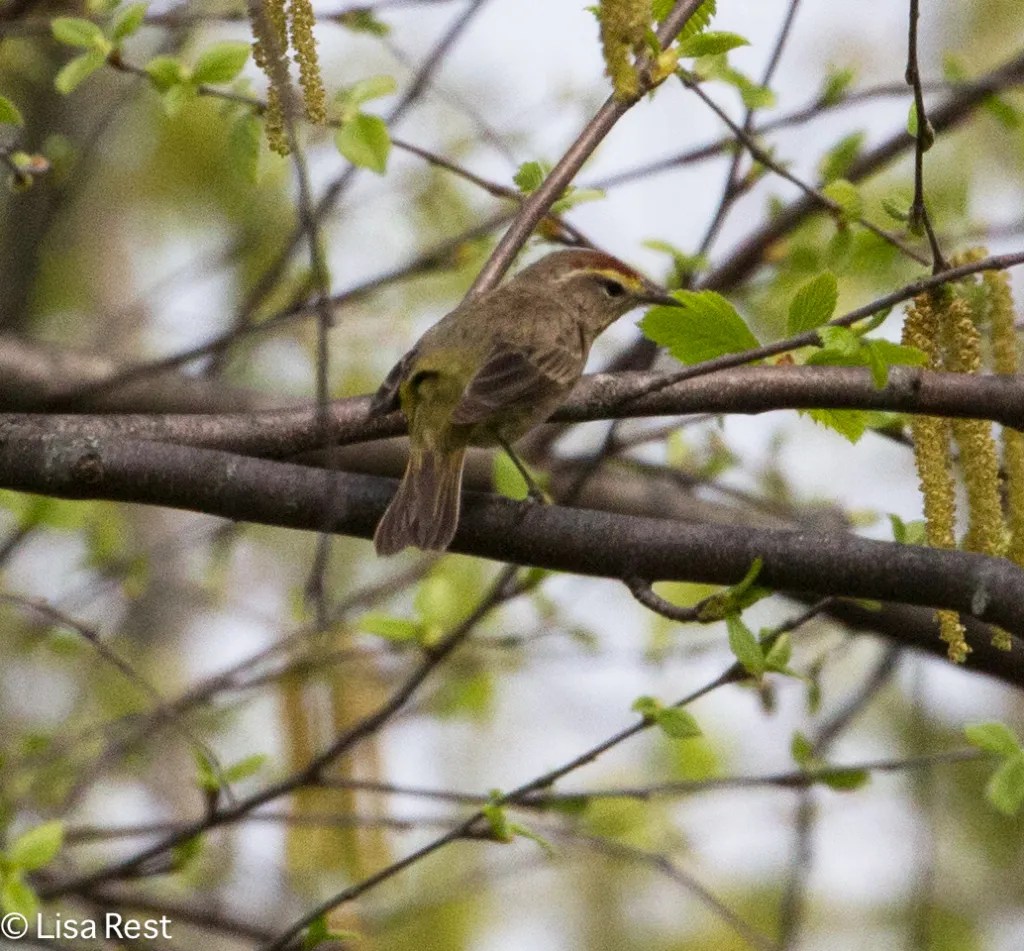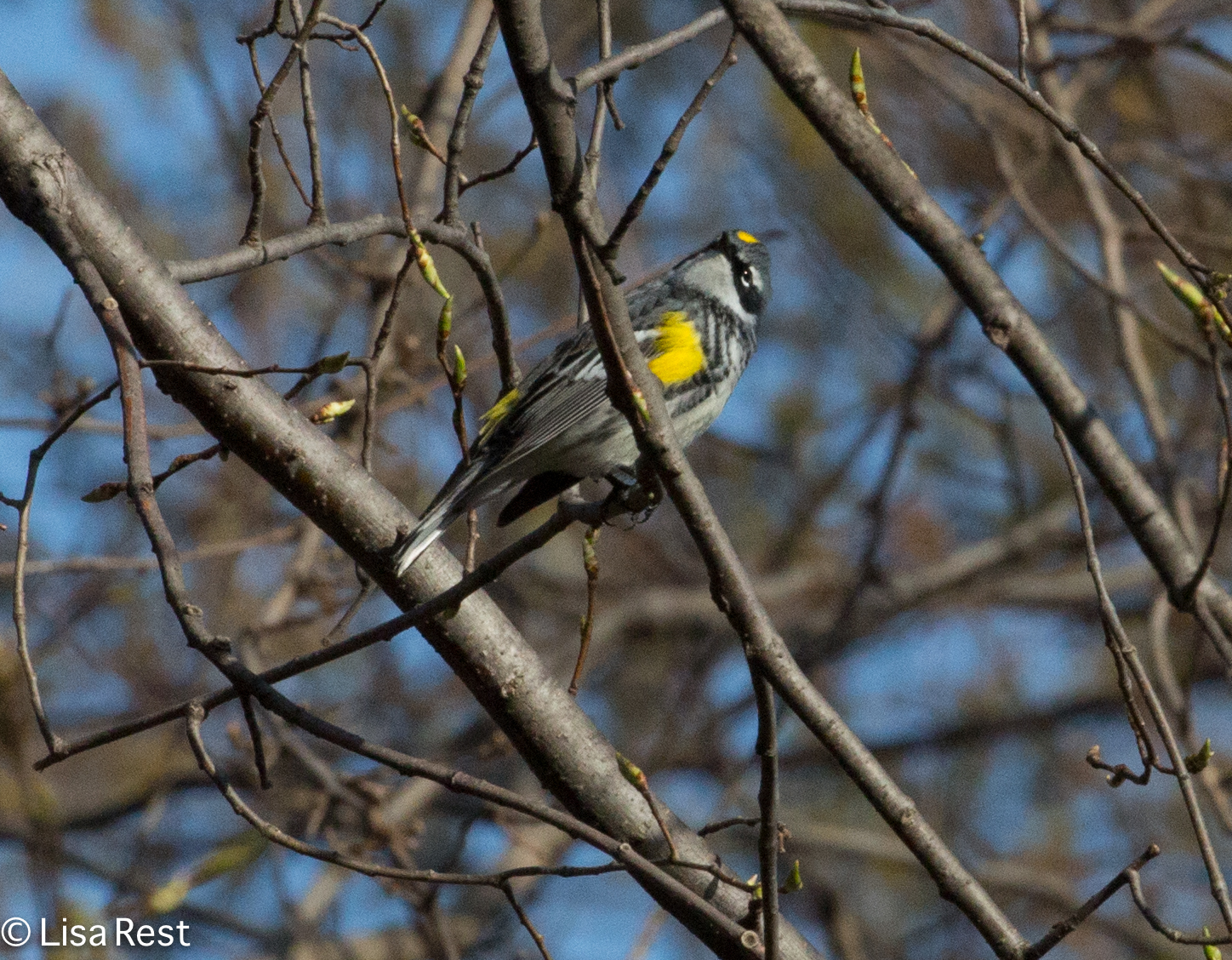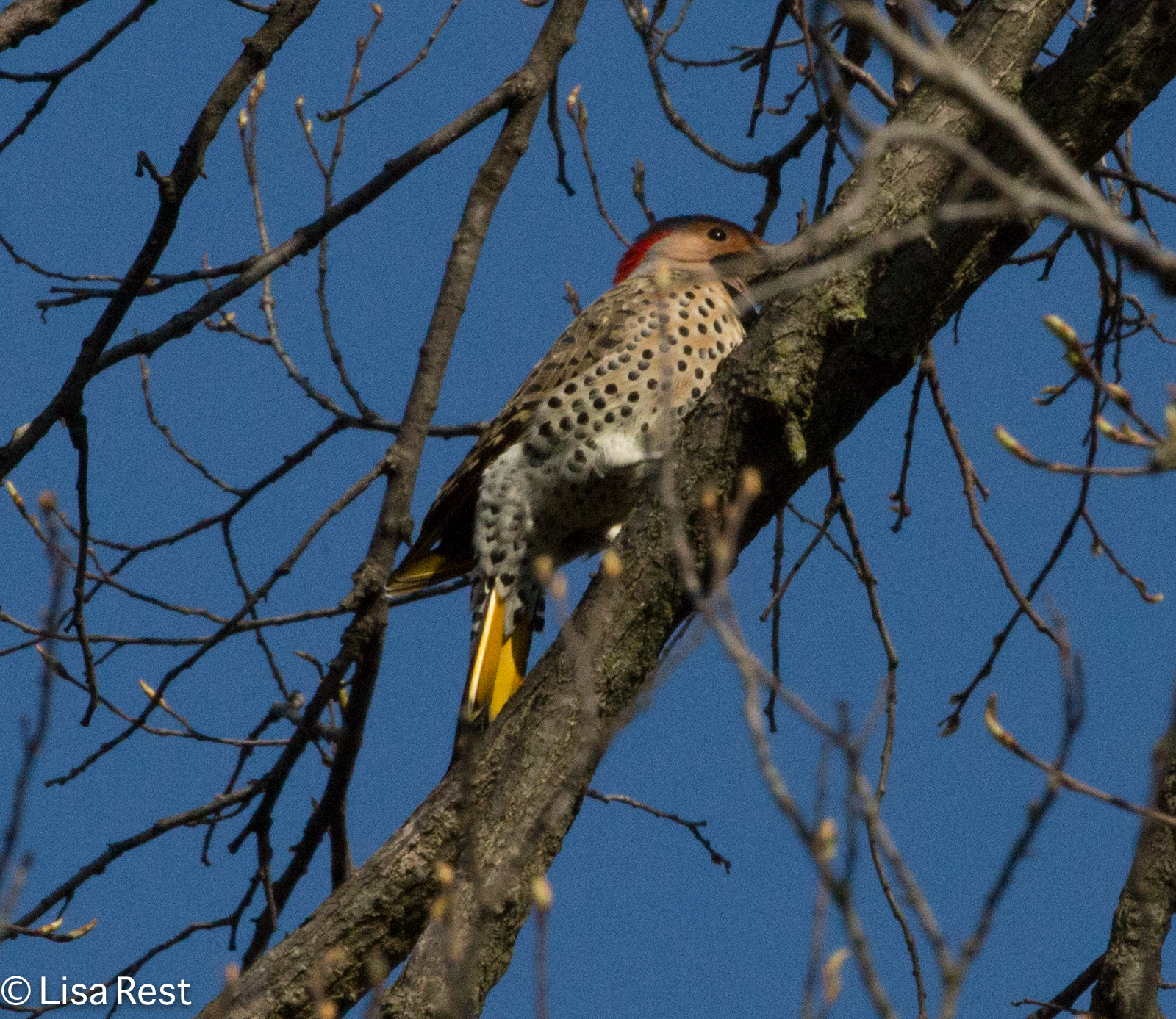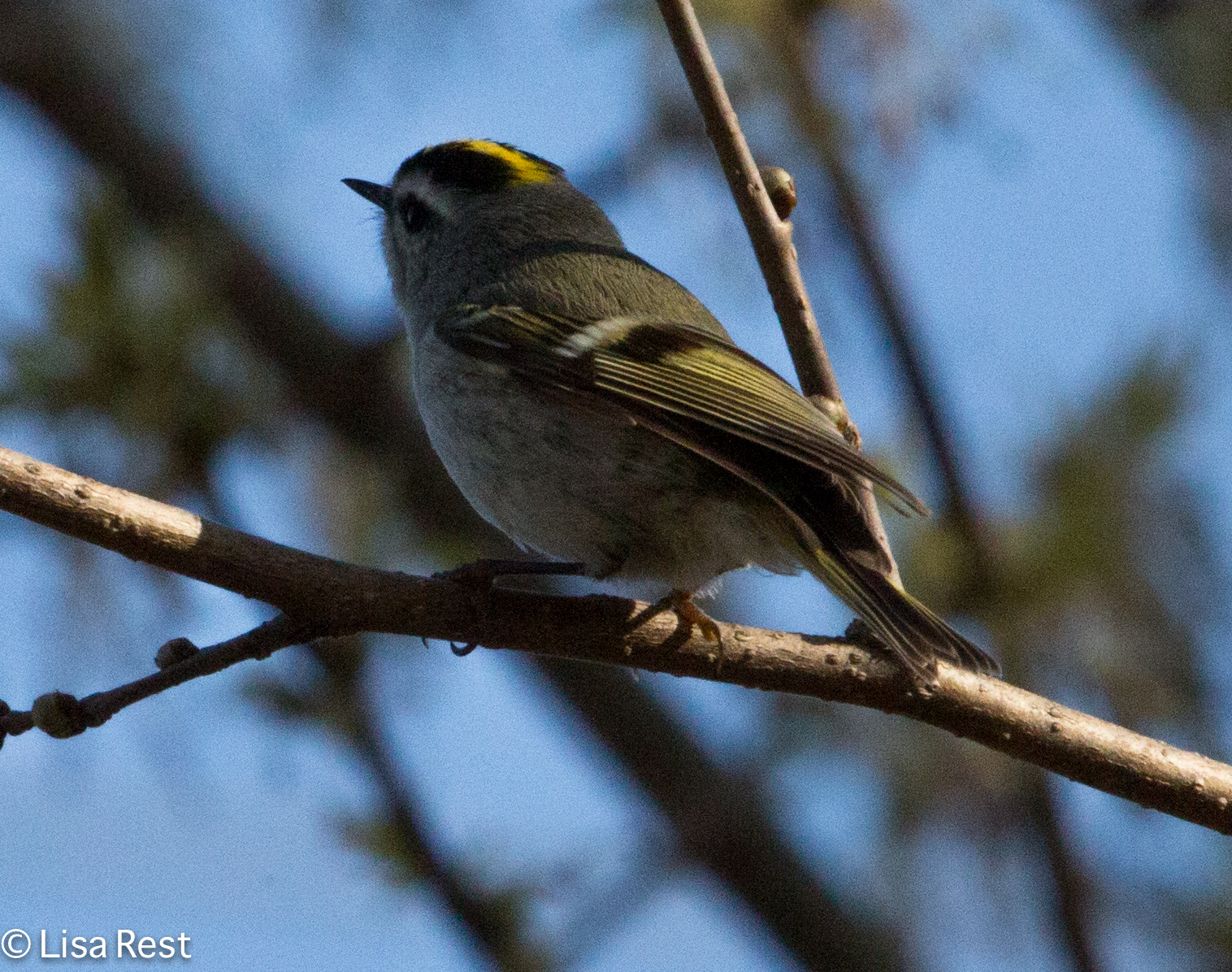
It’s time to go back and sift through the summer’s photographs so I can start making room for the always anticipated overload of fall migration. As usual I find I have way too many photos that I had forgotten about. The ones in this short post go all the way back to June 4 and June 9 which don’t even qualify for summer yet, but the breeding birds had already been busy.
So this is a female Indigo Bunting. I love her delicate colors. And below her photo is a male, possibly my friend I have named Tadziu.




One bird I haven’t seen all summer, although they typically breed at the Chicago Portage, is the Yellow Warbler. I expect to see some in the next few weeks during fall migration. If I was seeing them so regularly in June they must have been nearby all summer.


I found this little bird’s photos and had to think for a moment what it was. I’ve concluded (with the help of other photographs online) that it can only be a very young Warbling Vireo.
For a short period of time, Gray Catbirds were making themselves available for photos until they disappeared later like nearly everybody else.




I’m beginning to realize this was an absurd idea because more recent photos are starting to accumulate quickly on my hard drive and I won’t be able to review older ones much longer.




House Wrens have been abundant all summer, but not always easy to see.



And every once in a while, an Eastern Phoebe would pose.



I am grateful for the many times I have seen Eastern Kingbirds.






Red-winged Blackbirds are due to start showing up in huge flocks before they take to their more southern destinations. They have disappeared from their breeding grounds. I suspect they have been busy educating the youngsters about self-reliance and survival.


American Robins are perhaps the most adaptable birds, thriving in and out of the human disturbance.

I was intrigued by the capture below – it looks like a very young Red-winged Blackbird.
Baltimore Orioles have been much harder to see long enough to capture lately.


I saw a Daddy Long Legs only once… and my favorite grass, the Squirrel Tail Grass, doesn’t look like this anymore, indeed, I haven’t noticed it at all lately.


Also well-adapted to us humans are American Goldfinches. They always seem so cheerful.



I don’t know what happened to the Song Sparrows at the Portage. I am not sure if any stayed to raise families.

The White-tailed Deer are making less frequent visits than they were earlier.


Here are two quick and slightly blurry photos of a Blue-gray Gnatcatcher.
I have never seen this yellow iris before…or since.

Here’s what the cottonwood seeds looked like in the beginning of June.

As if to prove my earlier point about adaptability, one American Robin built a nest on the edge of the shelter in spite of the spikes to deter such activities.

I have so much going on right now I can’t say when or with what I will return. But I figured as long as I started this post a couple days ago I may as well finish it.
We had our first choir rehearsal last night, and we are singing this Sunday. I was a bit surprised at how good it felt to stand together and sing, albeit still masked. And so we take the plunge into another year. And I will have to start getting up earlier – in the dark – as the fall bird walks start again next week.
























